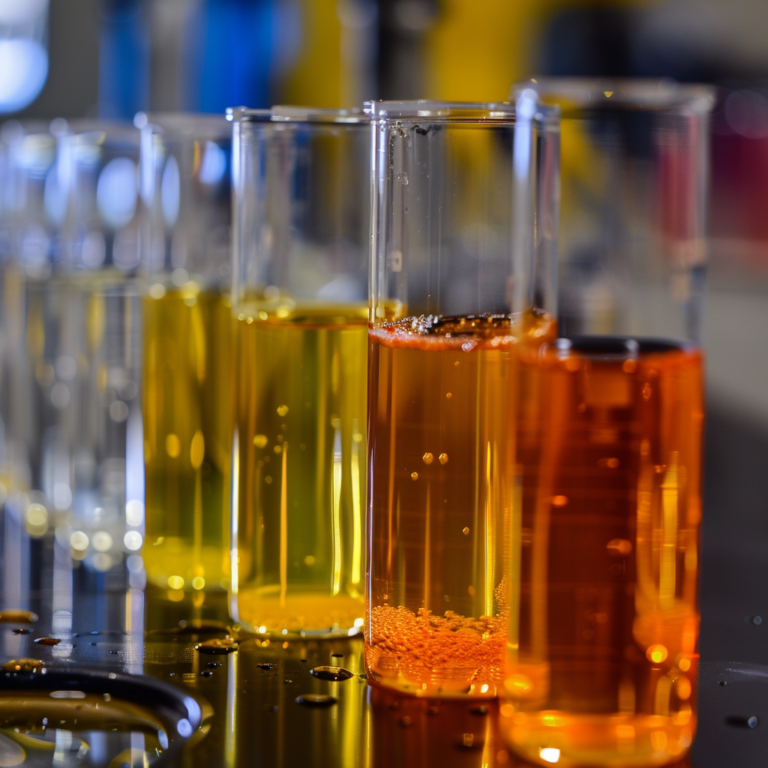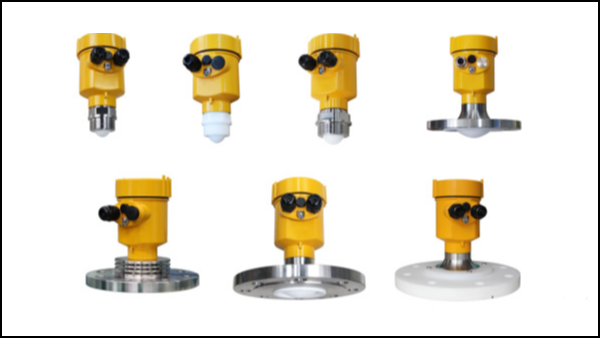In the bioengineering and pharmaceutical industries, the storage and monitoring of enzyme solutions is a critical process. Due to the special properties of enzyme solutions, some level measurement methods often fail to achieve the expected accuracy.
Radar level meters, with their non-contact measurement advantages, have demonstrated significant performance in this field.

As a biocatalyst, enzyme liquid usually has the characteristics of high viscosity and low dielectric constant, and its properties will change with the changes in ambient temperature and pH value.
These characteristics pose challenges to liquid level measurement technology. High viscosity makes the liquid flow slowly, which is easy to cause measurement errors; low dielectric constant affects the reflection effect of radar waves and weakens the signal strength; and the sensitivity of enzyme liquid activity to environmental conditions requires the measurement equipment to have high stability and adaptability.
Radar level meters use radar waves for measurement. Radar waves will penetrate the air, contact the liquid surface and reflect back to the sensor. The liquid level height is calculated by analyzing the time difference or frequency difference of the reflected signal.
This technology is particularly suitable for liquids with low dielectric constants such as enzyme liquids, because it can adjust the frequency of radar waves to adapt to media with different dielectric constants to ensure the accuracy of measurement results.

In order to monitor the enzyme level in its enzyme fermentation tank, a biopharmaceutical company selected a radar level meter designed for the chemical and pharmaceutical industries.
The company had previously used a traditional float level meter, but due to the viscosity and adhesion of the enzyme solution, the float could not accurately reflect the real-time level and was difficult to maintain.
After the radar level meter was adopted, the problem was effectively solved. The selected model of radar level meter has strong signal penetration ability and high-precision measurement performance, which can resist the influence of changes in the properties of the enzyme solution.
The non-contact measurement method of the instrument avoids direct contact between the sensor and the enzyme solution, reduces the risk of contamination, and reduces maintenance costs.
After installing the radar level meter, the company’s enzyme solution monitoring accuracy has been significantly improved, and the repeatability and reliability meet production requirements.
Through real-time monitoring data, production personnel can adjust process parameters in time and optimize reaction conditions, thereby improving product quality and output.

Radar level meters, with their high precision and non-contact advantages, have demonstrated excellent performance in enzyme level measurement.
Through reasonable selection and correct installation, radar level meters can meet the strict requirements of bioengineering and pharmaceutical industries for enzyme monitoring, bringing significant economic and social benefits to enterprises.
